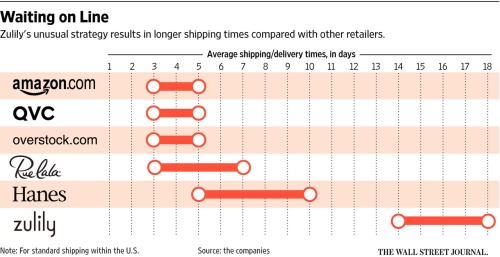A short follow up on Gad’s post from earlier this week on Uber’s interest in Grubhub. There’s a blogpost on The Margins about pizza arbitrage via Doordash (Doordash and Pizza Arbitrage, May 17) that has gotten some attention this week. In a nutshell, the story concerns a pizza shop run by the author’s friend who discovered that (a) Doordash had posted the shop’s menu and started placing orders without telling the pizzeria and (b) Doordash had posted the wrong prices. Wrong as in Doordash was selling a $24 pie for $16. So if the pizzeria owner were to have an accomplice order ten underpriced pizzas through Doordash, he would quickly pocket an extra $80 relative to selling the same pizzas to a real customer. Since Doordash was doing this on their own, that would be $80 of Doordash’s finest venture capitalist supplied cash.
It’s a fun read and worth checking out if only to enjoy the line “Was this a bit shady? Maybe, but fuck Doordash. Note: I did confirm with my friend that he was okay with me writing this, and we both agreed, fuck Doordash.” But there is also an interesting analysis of whether Doordash and its ilk have a feasible business model.
How did we get to a place where billions of dollars are exchanged in millions of business transactions but there are no winners? My co-host Can and my restaurant friend both defaulted to the notion “delivery is a shitty margin business” when discussing this post. But I don’t think that’s sufficient here. Delivery can work. Just look at a Domino’s stock chart. But, delivery has been carefully built as part of a holistic business model and infrastructure. Maybe that’s the viable model.
After the start of this pandemic, my friend actually launched in-house delivery at one of his restaurants. He said he’s starting to get a sense of the economics and explained he’s starting to get a sense of the volume required per location to make the economics reasonably work. That’s what is so odd to me about third-party delivery platforms. The business of food delivery clearly is not intrinsically a loser. Domino’s figured it out. Every Chinese restaurant in New York City seemed to have it figured out long before any platform came along. My friend is figuring it out.



